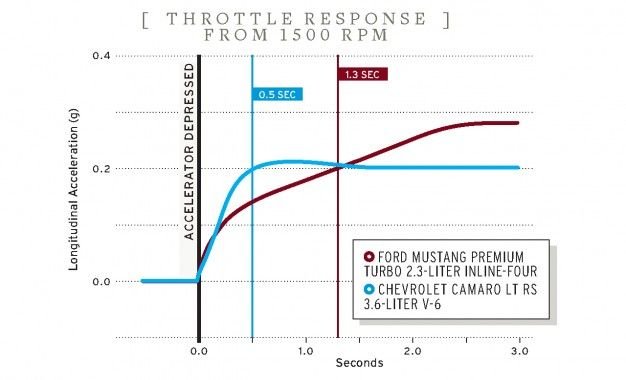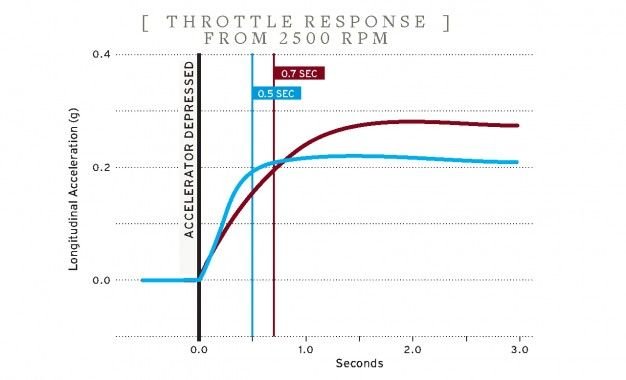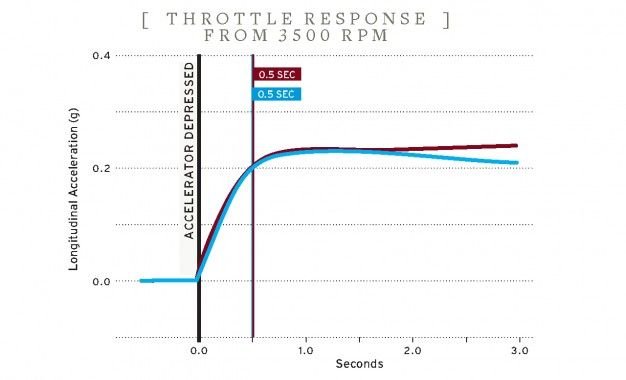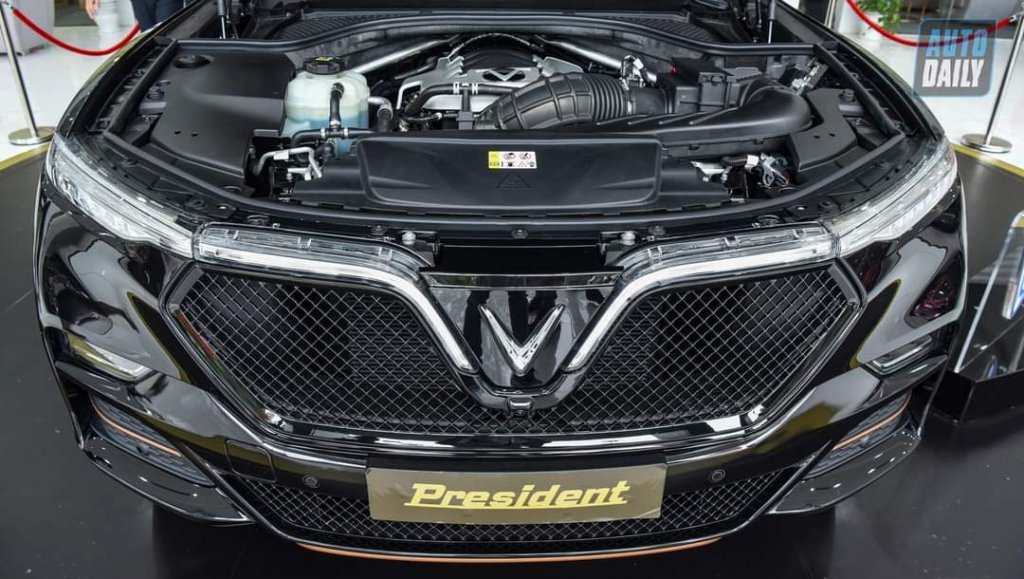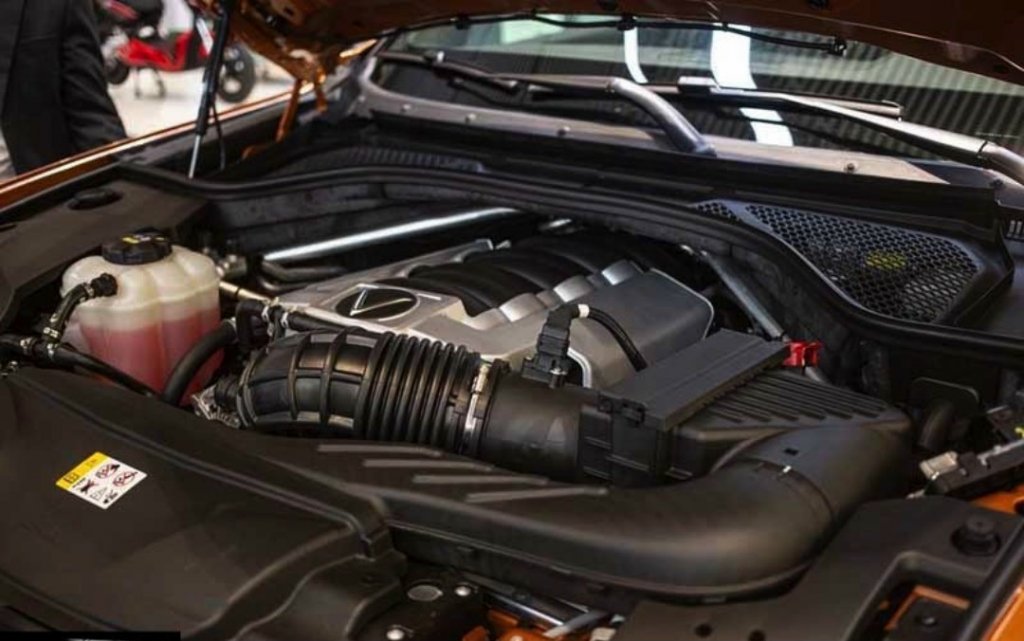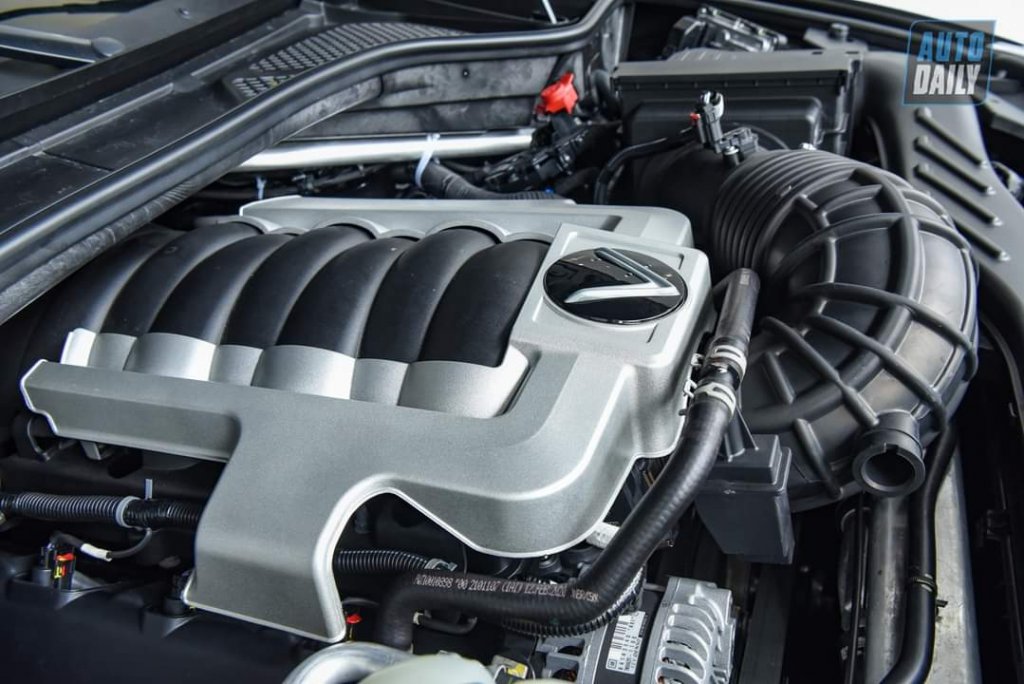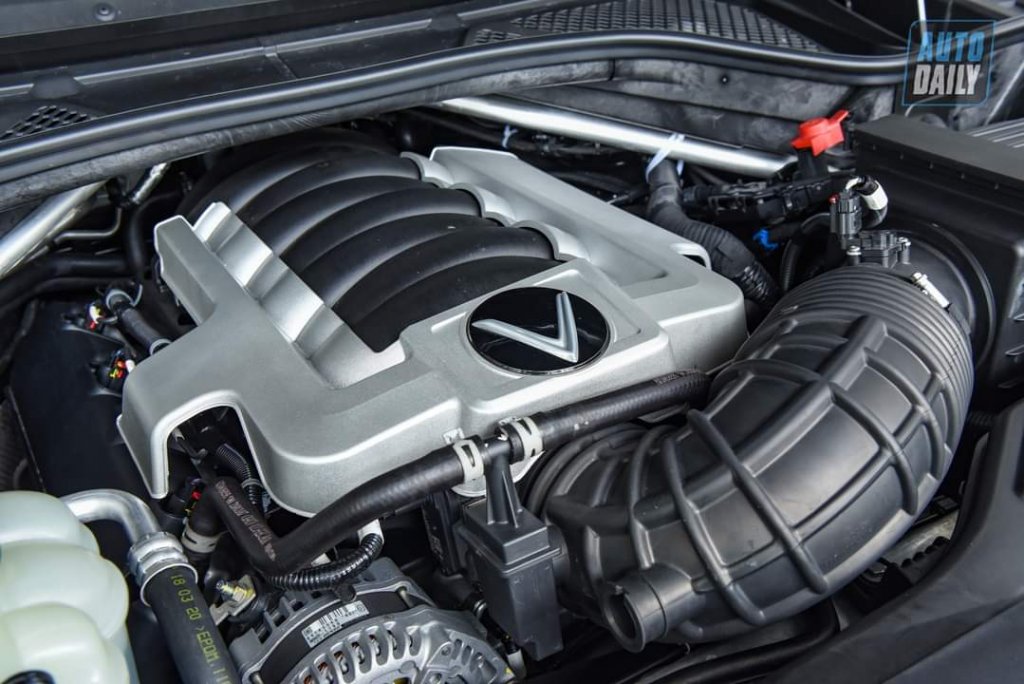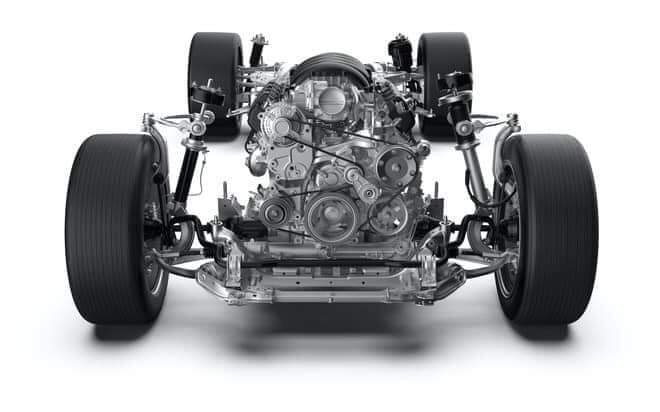Rõ khổ, Antivin nhiều người sâu sắc lắm, mà sinh ra cái cụ Trang nào đấy có vẻ hơi cay cú

1. Chụp mũ vino nhanh quá, mà có cái mũ nào xịn xịn tặng em ghi chữ Vino em cũng nhận ngay.
2. Như dưới, em đang nói về độ bốc.
Sơ qua về ưu nhược điểm
- Lợi thế của Turbo là máy nhỏ gọn, sinh mã lực ngang 1 con HÚT KHÍ TỰ NHIÊN có cùng mã lực (nhưng hút khí tự nhiên cồng kềnh hơn), roài tiết kiệm nhiên liệu hơn, công nghệ tiên tiến hơn, những cái đó không ai phủ nhận.
- Nhược điểm: Chi phí bảo trì cao hơn, với triết lý cắt cổ thòng lọng sau khi mua xe của các hãng hiện tại (giống như mua cái máy in thì rẻ, thay hộp mực ngang với mua mới

), thì Tu Bô hay Bi Tu Bô tính ra đắt đỏ hơn so với lượng xăng nó tiết kiệm được

Và khi hỏng thì vãi cả nhái, toàn tiền to.
Và tất nhiên mỗi loại có một phân khúc khách hàng riêng, đưa lên bàn cân cãi nhau cả ngày.
Nhưng nói về độ Bốc, thì đầu tiên định nghĩa độ bốc là ntn?
- Đang đi như nhau, đạp ga, con nào nhạy hơn (ở tốc độ bình thường).
Chắc chắn là con hút khí tự nhiên nhạy hơn.
Tây nó không cãi suông, nó có biểu đồ hẳn hoi
Chúng nó đều thừa nhận là con turbo sẽ Lag hơn, tức cảm nhận ngừoi lái về Độ Bốc, Độ nhạy khi đạp ga thua con hút khí tự nhiên 
Còn lựa chọn xe nào là do từng người, tiền của ai người nấy tiêu, em k đánh giá cụ Gừng ạ

- Mở nắp capo 1 con hút khí tự nhiên tự hào khoe: Máy tao hầm hố, to không!
- Mở nắp capo 1 con turbo hay BI TU BÔ gì gì đó (đang lỗi tùm lum): Máy tao công nghệ không
 Biểu đồ ở mức 1500RPM
Biểu đồ ở mức 1500RPM
Tiếp theo ở mức 2500RPM
Tiếp theo mức 3500RPM
VẬY TÓM LẠI CON TURBO BỐC HƠN CON HÚT KHÍ TỰ NHIÊN NHƯ THẾ NÀO?
Turbocharged engines make big torque at low rpm, but those two numbers, peak torque and its corresponding rpm, don’t tell the full story, as boost pressure isn’t solely a function of engine speed. A turbocharger’s ability to make boost (and inflate torque) depends on the energy in the exhaust stream that spins its turbine.
The peak engine output that automakers advertise and owners brag about is measured in laboratories where engines are held at a constant rpm with the throttle wide open and the turbo can take its sweet time spooling. That time is a key characteristic, rarely reported but highly telling, of a boosted engine’s responsiveness. Porsche engineers acknowledge that the newly turbocharged
911 Carrera needs a full three seconds at wide-open throttle to achieve its maximum torque at 1800 rpm.
On the road, that delay is actually shorter because the revs rise as soon as you mat the throttle. Still, the hesitation can be felt during the transition from steady-speed cruising with a small throttle opening to full-wood acceleration. It takes time, a.k.a. the infamous turbo lag, before the engine’s pistons pump enough hot exhaust to accelerate the turbine and produce boost from the compressor.
To quantify what a driver feels from behind the wheel, we instrument-tested the naturally aspirated V-6
Chevy Camaro and the turbocharged four-cylinder
Ford Mustang and tracked how quickly their engines respond to sudden transitions. We cruised at constant rpm, then floored the throttle and measured the time it takes the vehicles to reach a longitudinal acceleration of 0.2 g. To prevent either car from having an advantage with a lower gear ratio, we used fourth gear, where the Mustang’s overall ratio is just 0.3 percent shorter than the Camaro’s.
MARC URBANO AND THE MANUFACTURER
Starting from 1500 rpm, the Camaro walks away from the Mustang, reaching the 0.2-g mark 0.8 second before the Ford. The Camaro holds on to its advantage when starting from 2500 rpm, where the Mustang makes its peak torque of 320 pound-feet, but there the gap narrows to just 0.2 second.
MARC URBANO AND THE MANUFACTURER
By 3500 rpm, however, the Ford’s lag is minimal enough to capitalize on its flat torque curve, matching the Camaro in the race to the acceleration benchmark. The higher initial rpm increases the exhaust-flow rate and requires a larger throttle opening to maintain a constant speed, so at 3500 rpm, the Mustang’s turbocharger is nearly up to boost speed even before the throttle swings completely open.
MARC URBANO AND THE MANUFACTURER




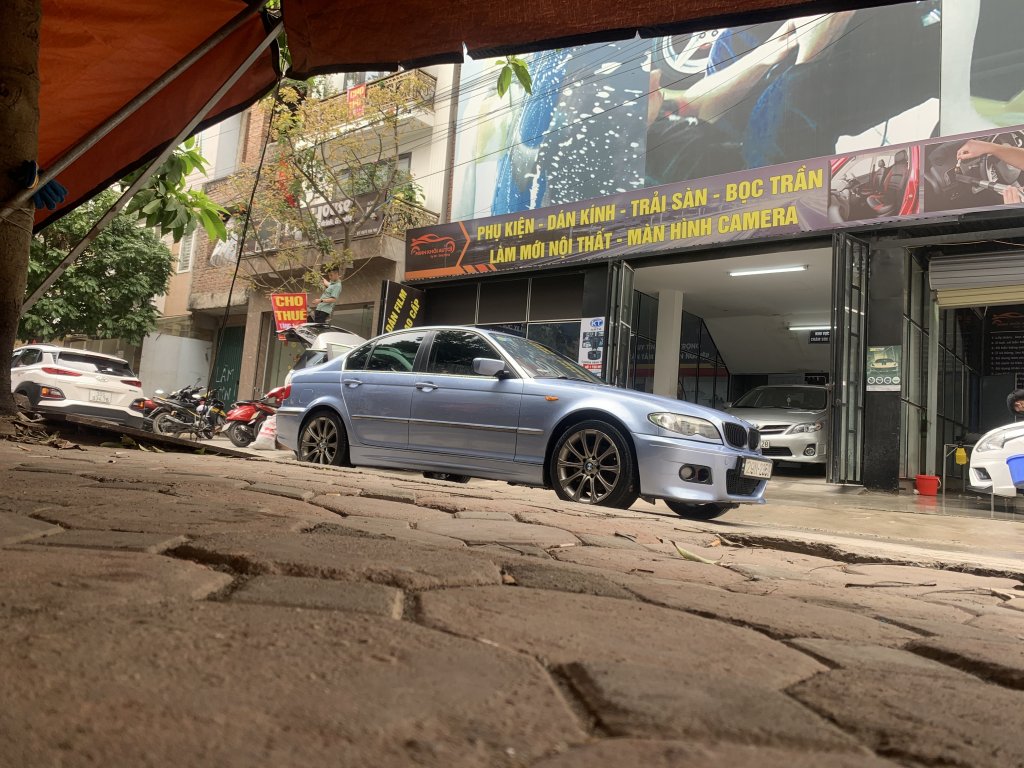

 ), thì Tu Bô hay Bi Tu Bô tính ra đắt đỏ hơn so với lượng xăng nó tiết kiệm được
), thì Tu Bô hay Bi Tu Bô tính ra đắt đỏ hơn so với lượng xăng nó tiết kiệm được 